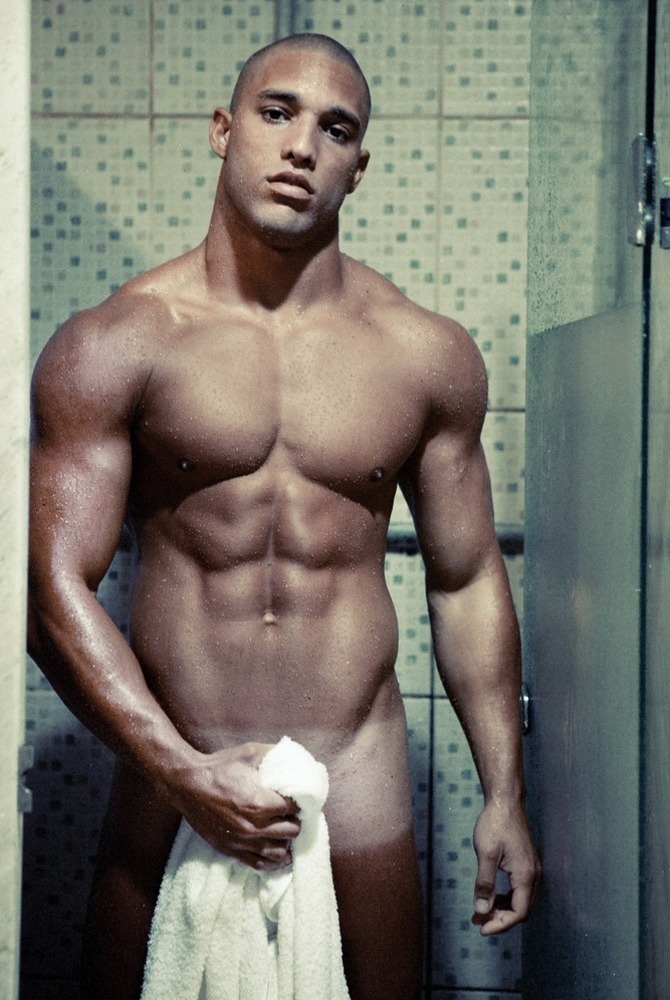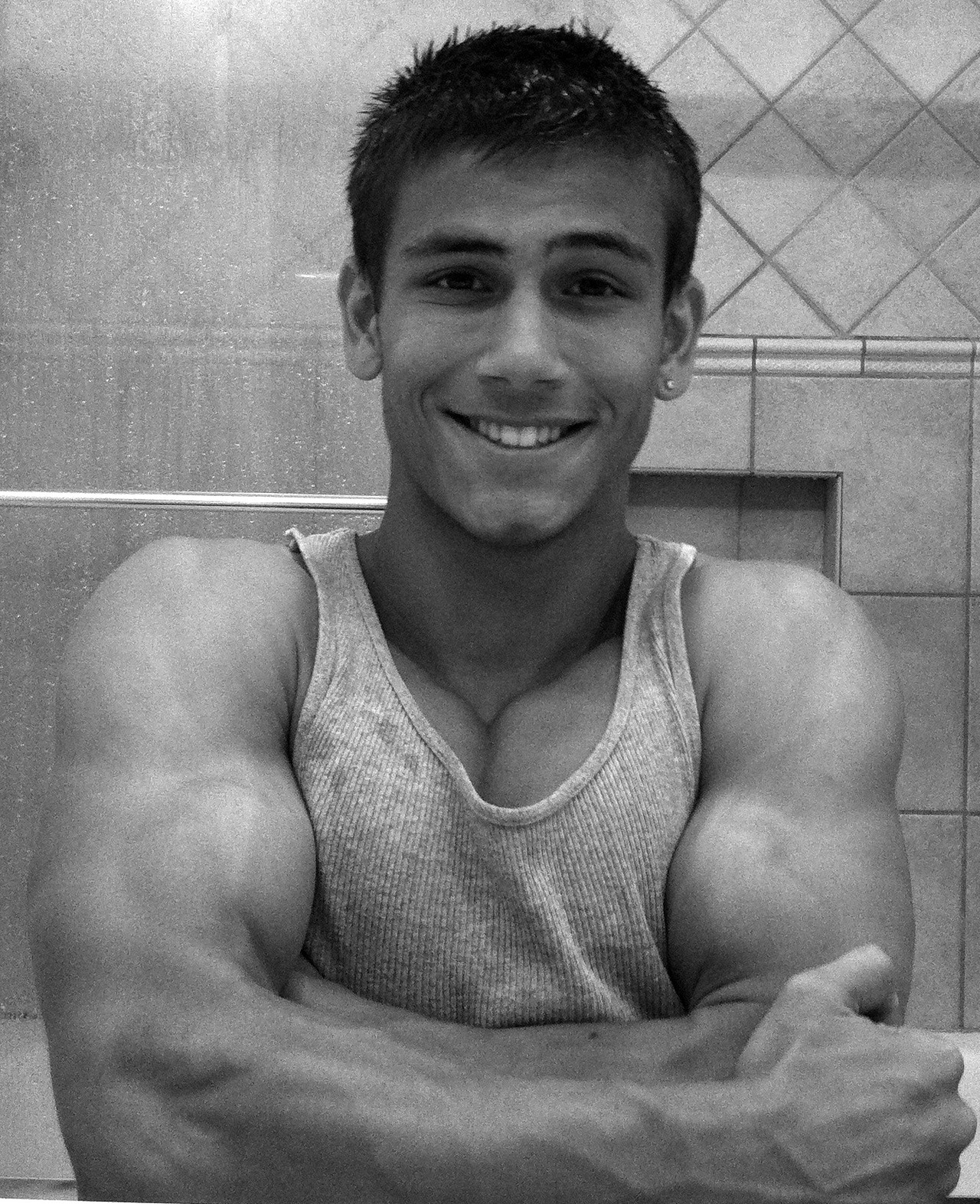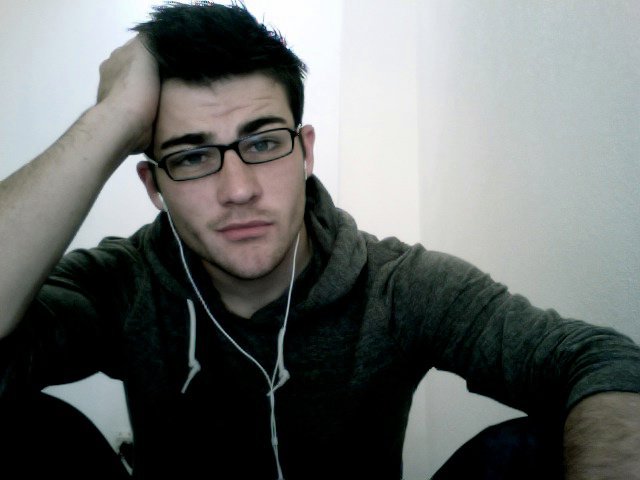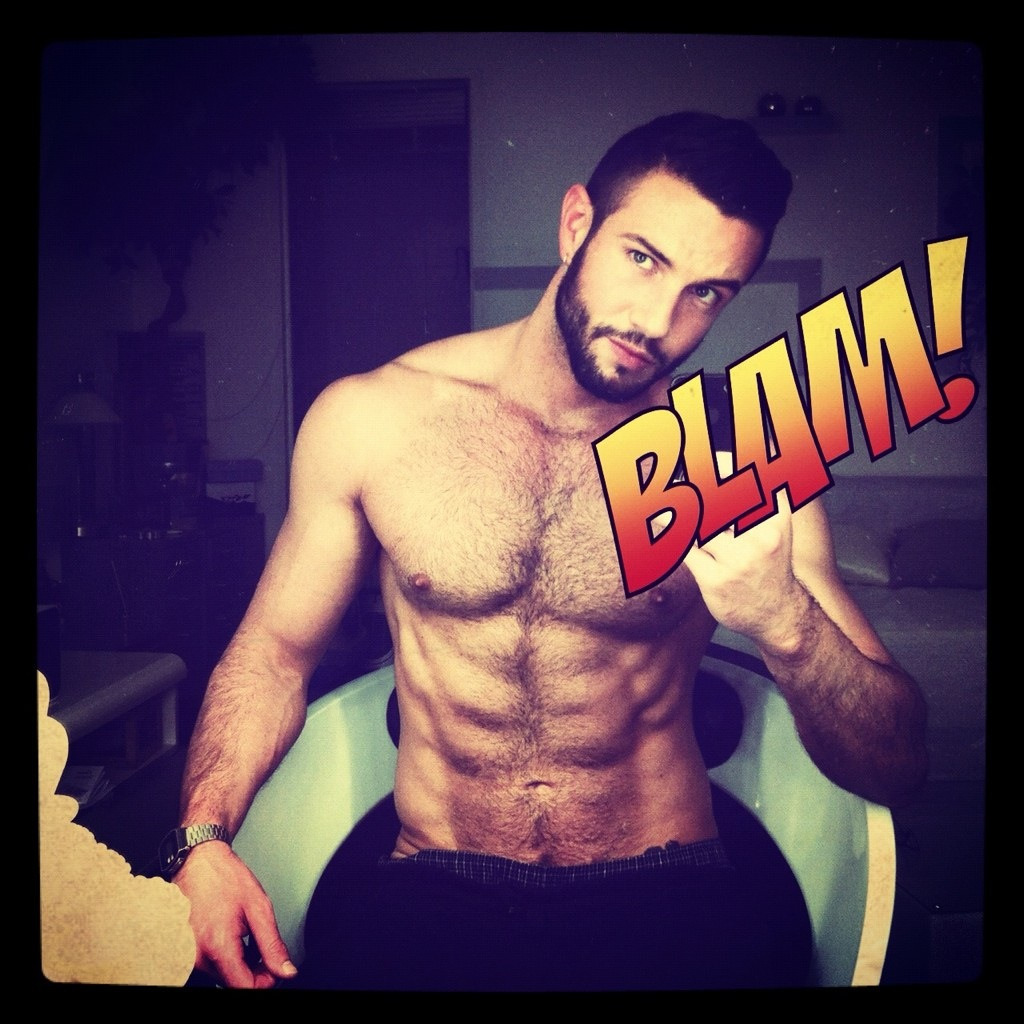Monday, September 2, 2013
Saturday, August 3, 2013
Tuesday, September 4, 2012
Wednesday, August 29, 2012
Because of the power of his love , became a slave to his slave.
Mahmud of Ghazni founded the Ghaznavid Empire and ruled as a sultan. He fell in love with Malik Ayaz, a Turkish slave, and their relationship became the epitome of idealized love in Islamic legend and Sufi literature. As the story goes, Ayaz asked Mahmud who the most powerful man in the kingdom was. When the sultan replied that it was himself, Ayaz corrected him, claiming that in fact Ayaz was the most powerful, since Mahmud was his slave. The “slave to a slave” became a favorite trope in Persian literature. R.G.L.
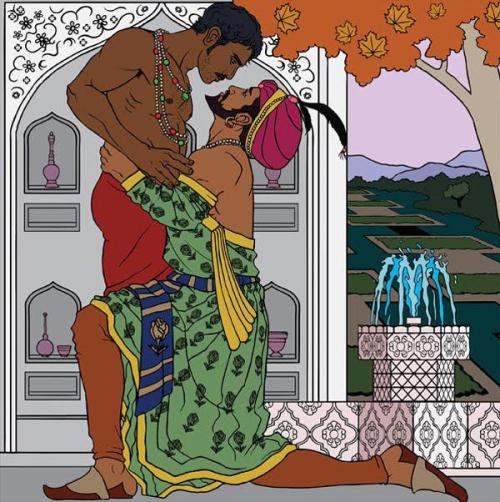
Malik Ayaz, son of Aymáq Abu'n-Najm, was a Turkish slave who rose to the rank of officer and general in the army of Sultan Mahmud of Ghazni (also known as Mahmud Ghaznavi). His rise to power was a reward for the devotion he bore his master.
The love between the first Islamic ruler in the Indian subcontinent Sultan Mahmud of Ghazni and slave Malik Ayaz was such that it became an Islamic legend . Poets praising the power of love looked to Sultan Mahmud as a prime example of the man who , because of the power of his love , became a slave to his slave[1]

In 1021 the Sultan raised Ayaz to kingship, awarding him the throne of Lahore, which the Sultan had taken after a long siege and a fierce battle in which the city was torched and depopulated. As the first Muslim governor of Lahore, he rebuilt and repopulated the city. He also added many important features, such as a masonry fort which he built in 1037-1040 on the ruins of the previous one, demolished in the fighting, and city gates (as recorded by Munshi Sujan Rae Bhandari, author of the Khulasatut Tawarikh (1596 C.E.). The present Lahore Fort is built in the same location. Under his rulership the city became a cultural and academic center, renowned for poetry. It is said that in old age "Sultán Mahmúd . . . spent his whole time in the society of Malik Ayáz, neglecting the business of the state."[2] The tomb of Malik Ayaz can still be seen in the Rang Mahal commercial area of town.

Malik Ayaz, son of Aymáq Abu'n-Najm, was a Turkish slave who rose to the rank of officer and general in the army of Sultan Mahmud of Ghazni (also known as Mahmud Ghaznavi). His rise to power was a reward for the devotion he bore his master.
The love between the first Islamic ruler in the Indian subcontinent Sultan Mahmud of Ghazni and slave Malik Ayaz was such that it became an Islamic legend . Poets praising the power of love looked to Sultan Mahmud as a prime example of the man who , because of the power of his love , became a slave to his slave[1]

In 1021 the Sultan raised Ayaz to kingship, awarding him the throne of Lahore, which the Sultan had taken after a long siege and a fierce battle in which the city was torched and depopulated. As the first Muslim governor of Lahore, he rebuilt and repopulated the city. He also added many important features, such as a masonry fort which he built in 1037-1040 on the ruins of the previous one, demolished in the fighting, and city gates (as recorded by Munshi Sujan Rae Bhandari, author of the Khulasatut Tawarikh (1596 C.E.). The present Lahore Fort is built in the same location. Under his rulership the city became a cultural and academic center, renowned for poetry. It is said that in old age "Sultán Mahmúd . . . spent his whole time in the society of Malik Ayáz, neglecting the business of the state."[2] The tomb of Malik Ayaz can still be seen in the Rang Mahal commercial area of town.
Tuesday, August 28, 2012
Sunday, August 26, 2012
In Maryland, Gay Marriage Seeks a ‘Yes’ at the Polls
In Maryland, Gay Marriage Seeks a ‘Yes’ at the Polls
When Marylanders go to the polls in November, the state could become the first to affirm same-sex marriage in a popular vote.

Maryland lawmakers with Gov. Martin O’Malley, left, after he
signed a bill legalizing same-sex marriage.
Opponents collected enough signatures to put a referendum
on the November ballot.
In March, lawmakers in Maryland approved a measure to allow such unions, but it came with a built-in escape hatch: it would not take effect until 2013.
The waiting period was intended as a compromise with opponents of the measure and as an insurance policy for supporters. Lawmakers feared validating marriages for a period, only to have them overturned by a popular vote later, as happened with Proposition 8 in California.
Opponents of same-sex marriage in Maryland seized the opportunity to contest the law and gathered more than 100,000 signatures to put a referendum on the November ballot, setting the stage for a renewed debate on the issue.

Derek McCoy, the director of the Maryland Marriage Alliance, which opposes same-sex marriage, said: “I think what we’re going to prove here is marriage is on the table, and marriage does matter. And because it does matter, Marylanders are engaged.”
But supporters of same-sex marriage in Maryland say they have reason for optimism, too.
There has not been a state vote on the issue since President Obama voiced his support for same-sex marriage this year and the N.A.A.C.P. came out in favor of it.
“The two biggest factors for us this year are that it’s 2012, and public attitudes have continued to evolve,” said Josh Levin, the director of Marylanders for Marriage Equality. “When the president talked about how his position has evolved over the course of some years, there are a lot of people for whom that’s the case.”
The ballot language will also be different in Maryland. In the other 32 states where voters have been asked about the issue, the referendum question was phrased so that a vote in favor of the measure was a vote to reject same-sex marriage. In Maryland, ballots will ask the question in the affirmative and will explain that there will be an exemption for religious groups.

In January, a poll conducted by The Washington Post found that half of Maryland residents supported same-sex marriage. Since then, polls have suggested a rise in support — in large part, advocates believe, because more black voters have warmed to the idea.
That will be particularly significant in Maryland, where in a typical election blacks make up roughly one-third of voters.
Because the presidential election will draw large numbers of voters to the polls (and, in Maryland, many will be Democrats), turnout will be less of a concern among advocacy groups than persuading voters who might be on the fence.
“It’s all about persuasion,” Mr. Levin said. “It’s about going out and making sure that people understand that marriage for gay and lesbian couples is just about treating everybody fairly.”
Advocates of same-sex marriage are planning to spend $5 million to $7 million promoting their cause during the next few months, but they expect significant spending — millions of dollars, they say — from the measure’s opponents during the final weeks of the campaign.
Although Maryland currently recognizes same-sex marriages from other states and the District of Columbia, the referendum would be a significant victory for advocates of same-sex marriage, particularly after the state’s legislature rejected a similar law in 2011.
Some aspects of that law, including the exemptions for religious groups, were incorporated into the New York law that legalized same-sex marriage last year.
This November, Maryland will be one of four states voting on same-sex marriage. The others will be Maine, Minnesota and Washington. For Minnesota voters, the question will be whether to reaffirm an existing ban.
Even if Maine’s residents vote on Nov. 6 to legalize same-sex marriage, the polls there will close one hour later than those in Maryland — meaning that should Maryland’s referendum succeed, it would be the first in the nation to do so.
The weight and symbolism of that potential outcome for other states has not escaped advocates in Maryland. This was highlighted last month when Gov. Martin O’Malley and Lt. Gov. Anthony G. Brown attended a packed fund-raising event at a private home in Chevy Chase, Md. The evening brought in $250,000 in donations for Marylanders for Marriage Equality.
According to Richard S. Madaleno Jr., a Maryland state senator who attended the event, Mr. O’Malley delivered a “rousing” speech comparing Maryland’s decision on same-sex marriage to the Battle of Brooklyn during the American Revolution.
In that battle, a small militia from Maryland delayed British forces and enabled American troops to retreat to Brooklyn Heights.
“This group of people from Maryland stood firm, and thus protected opportunities for the American experience with freedom to actually occur,” Mr. Madaleno said, recalling Mr. O’Malley’s remarks. “Once again, Maryland will stand firm and demonstrate leadership for the rest for the country.”
When Marylanders go to the polls in November, the state could become the first to affirm same-sex marriage in a popular vote.

Maryland lawmakers with Gov. Martin O’Malley, left, after he
signed a bill legalizing same-sex marriage.
Opponents collected enough signatures to put a referendum
on the November ballot.
In March, lawmakers in Maryland approved a measure to allow such unions, but it came with a built-in escape hatch: it would not take effect until 2013.
The waiting period was intended as a compromise with opponents of the measure and as an insurance policy for supporters. Lawmakers feared validating marriages for a period, only to have them overturned by a popular vote later, as happened with Proposition 8 in California.
Opponents of same-sex marriage in Maryland seized the opportunity to contest the law and gathered more than 100,000 signatures to put a referendum on the November ballot, setting the stage for a renewed debate on the issue.
Derek McCoy, the director of the Maryland Marriage Alliance, which opposes same-sex marriage, said: “I think what we’re going to prove here is marriage is on the table, and marriage does matter. And because it does matter, Marylanders are engaged.”
But supporters of same-sex marriage in Maryland say they have reason for optimism, too.
There has not been a state vote on the issue since President Obama voiced his support for same-sex marriage this year and the N.A.A.C.P. came out in favor of it.
“The two biggest factors for us this year are that it’s 2012, and public attitudes have continued to evolve,” said Josh Levin, the director of Marylanders for Marriage Equality. “When the president talked about how his position has evolved over the course of some years, there are a lot of people for whom that’s the case.”
The ballot language will also be different in Maryland. In the other 32 states where voters have been asked about the issue, the referendum question was phrased so that a vote in favor of the measure was a vote to reject same-sex marriage. In Maryland, ballots will ask the question in the affirmative and will explain that there will be an exemption for religious groups.
In January, a poll conducted by The Washington Post found that half of Maryland residents supported same-sex marriage. Since then, polls have suggested a rise in support — in large part, advocates believe, because more black voters have warmed to the idea.
That will be particularly significant in Maryland, where in a typical election blacks make up roughly one-third of voters.
Because the presidential election will draw large numbers of voters to the polls (and, in Maryland, many will be Democrats), turnout will be less of a concern among advocacy groups than persuading voters who might be on the fence.
“It’s all about persuasion,” Mr. Levin said. “It’s about going out and making sure that people understand that marriage for gay and lesbian couples is just about treating everybody fairly.”
Advocates of same-sex marriage are planning to spend $5 million to $7 million promoting their cause during the next few months, but they expect significant spending — millions of dollars, they say — from the measure’s opponents during the final weeks of the campaign.
Although Maryland currently recognizes same-sex marriages from other states and the District of Columbia, the referendum would be a significant victory for advocates of same-sex marriage, particularly after the state’s legislature rejected a similar law in 2011.
Some aspects of that law, including the exemptions for religious groups, were incorporated into the New York law that legalized same-sex marriage last year.
This November, Maryland will be one of four states voting on same-sex marriage. The others will be Maine, Minnesota and Washington. For Minnesota voters, the question will be whether to reaffirm an existing ban.
Even if Maine’s residents vote on Nov. 6 to legalize same-sex marriage, the polls there will close one hour later than those in Maryland — meaning that should Maryland’s referendum succeed, it would be the first in the nation to do so.
The weight and symbolism of that potential outcome for other states has not escaped advocates in Maryland. This was highlighted last month when Gov. Martin O’Malley and Lt. Gov. Anthony G. Brown attended a packed fund-raising event at a private home in Chevy Chase, Md. The evening brought in $250,000 in donations for Marylanders for Marriage Equality.
According to Richard S. Madaleno Jr., a Maryland state senator who attended the event, Mr. O’Malley delivered a “rousing” speech comparing Maryland’s decision on same-sex marriage to the Battle of Brooklyn during the American Revolution.
In that battle, a small militia from Maryland delayed British forces and enabled American troops to retreat to Brooklyn Heights.
“This group of people from Maryland stood firm, and thus protected opportunities for the American experience with freedom to actually occur,” Mr. Madaleno said, recalling Mr. O’Malley’s remarks. “Once again, Maryland will stand firm and demonstrate leadership for the rest for the country.”
Subscribe to:
Posts (Atom)







.jpg)


.jpg)























